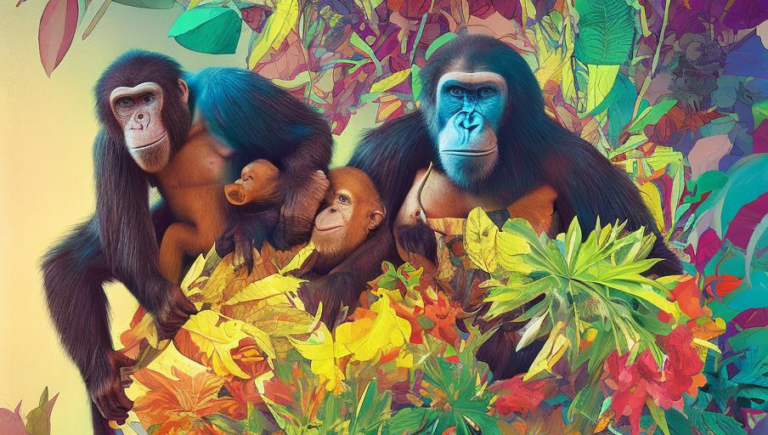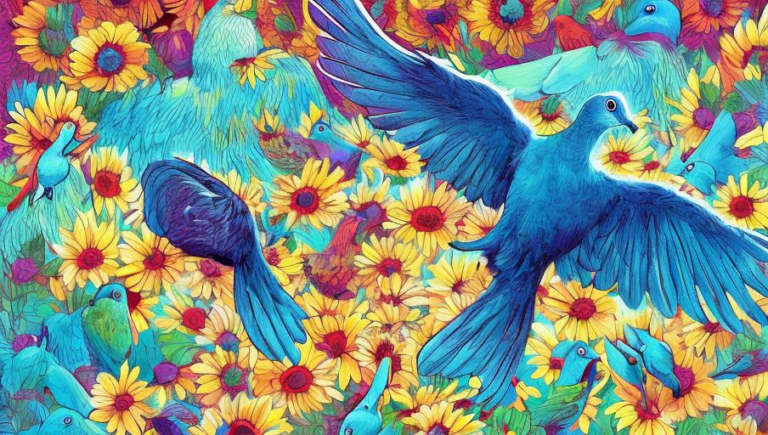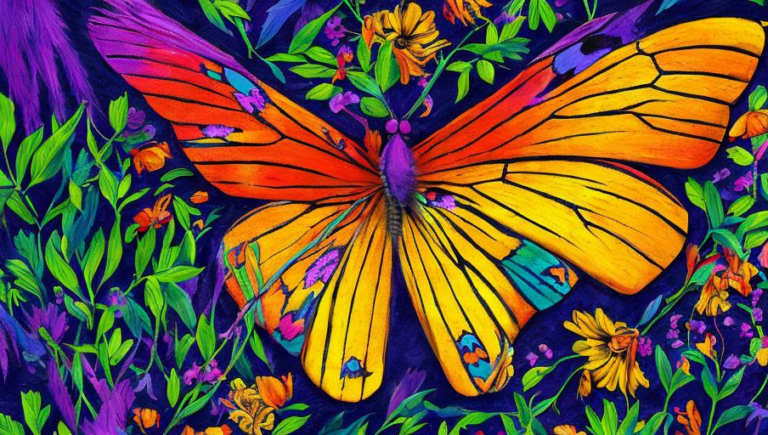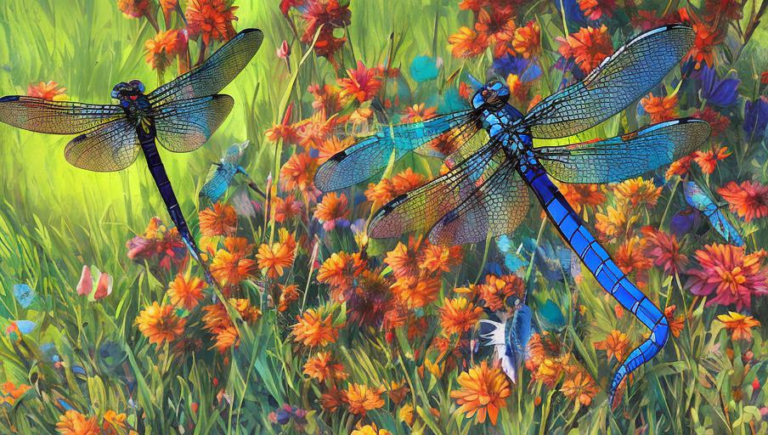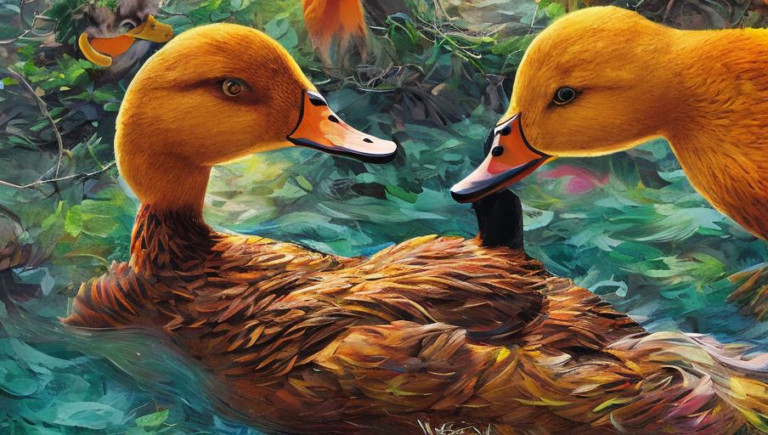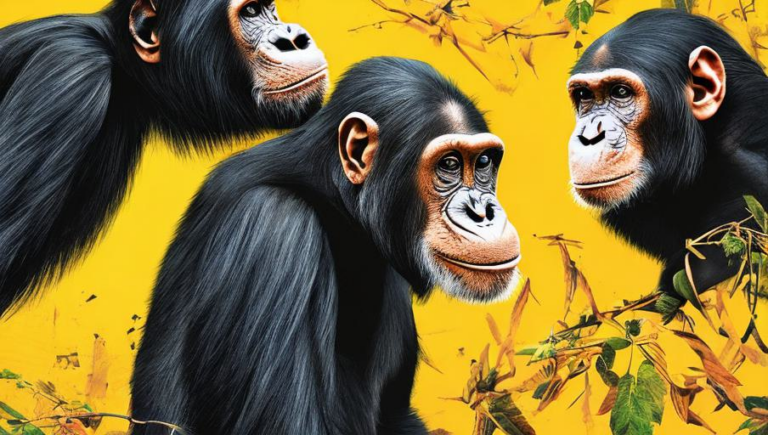A Guide to Cobras in the Wild
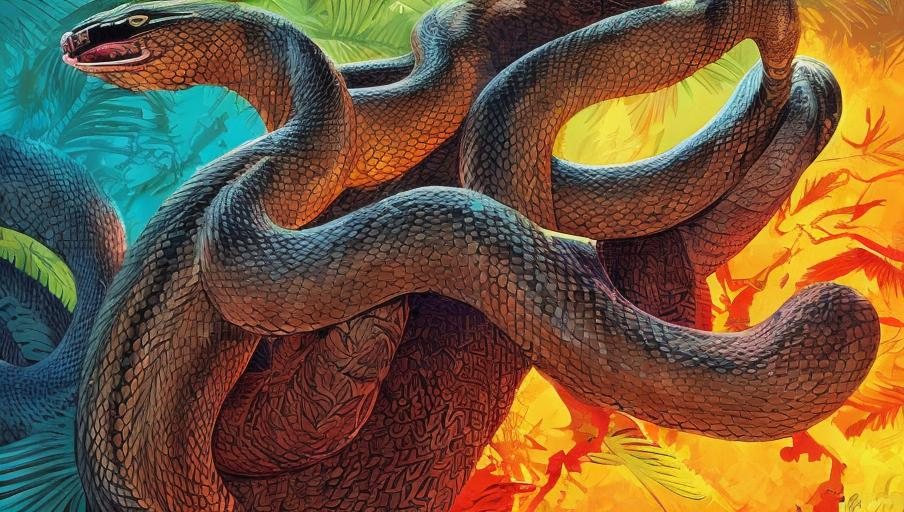
Introduction to Cobras
Cobras are a type of venomous snake found in Asia, Africa, and some parts of Southern Europe. They have a long, slender body with a hood that can be raised when threatened. Cobras are also distinguished by their vertical pupils and the distinctive sounds they emit when disturbed. Some species can reach a length of over 10 feet, making them one of the largest snakes in the world. There are more than 20 species of cobra, and each has its own unique habits and habitats.
Habitats of Cobras
Cobras are found in a variety of habitats, including forests, grasslands, and even deserts. They are primarily terrestrial, meaning they live on the ground, but some species can be found in trees. They are also found in agricultural areas and near human settlements, where they may find food sources in the form of rodents, birds, and other small animals. Cobras prefer warm, dry climates and can be found in countries such as India, Pakistan, and Sri Lanka.
Diet of Cobras
Cobras are carnivorous and feed primarily on small animals such as rodents, birds, lizards, and frogs. They will also eat other snakes, including other cobras. They hunt mainly at night, when their prey is most likely to be active. Cobras are also known to eat eggs, and some species have been observed eating carrion.
Behavior of Cobras
Cobras are solitary animals, and they are generally non-aggressive except when defending themselves. They are also very alert and will often flee from potential threats. When threatened, cobras will raise their hoods and make a distinctive sound, which is a combination of hissing and spitting. They will also sometimes spread their hoods wide to intimidate their predators. If these warnings are not heeded, cobras will strike with their venomous fangs.
Conservation of Cobras
Cobras are not endangered, but some species are threatened due to habitat loss and human activities. The International Union for Conservation of Nature (IUCN) has listed several cobra species as vulnerable or near threatened. Conservation efforts include protecting their habitats and educating people about the importance of cobras in the environment. In addition, captive breeding programs are being implemented in some countries to help conserve cobras.
Conclusion
Cobras are one of the most iconic snakes in the world, and they play an important role in their ecosystems. They are found in a variety of habitats and feed primarily on small animals. Although not endangered, some species of cobra are threatened due to habitat loss and human activities. Conservation efforts are being implemented to protect these animals and their habitats.
